Throughout history, Freemasonry has been a prominent organization that has attracted members from all walks of life, including kings and monarchs.
From the 18th century to the present day, many rulers around the world have been part of this secretive fraternity, which has had a profound impact on their lives and legacies.
In this article, we will explore the fascinating connections between Freemasonry and monarchy and list 15 kings and monarchs who were also Freemasons.

Great Britain and Ireland
George IV, King of England

George Augustus Frederick was born on 12 August 1762 in London, England. In addition to his native English, he also spoke French, German, and Italian.
He served as the thirty-seventh Grand Master of the Premier Grand Lodge of England from 1790 to 1813.
He reigned as King of the United Kingdom and of Ireland from 1820 until his death on 26 June 1830.
William IV, King of England
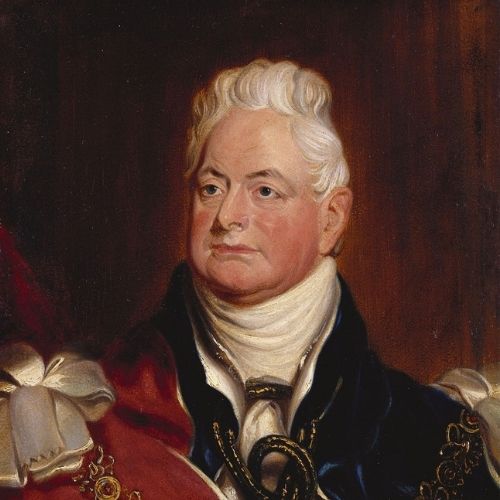
William IV was born on 21 August 1765. He was initiated in Prince George Lodge No. 86 on 9 March 1786.
The next year, he was given the honorary title of Past Grand Master of the Grand Lodge of England.
He served from that year until 1830 as the Master of Prince of Wales Lodge No. 259 (which had been named after his brother George, who would later become George IV).
He was coronated King of England in 1837 and died on 20 June later that year.
Edward VII, King of England
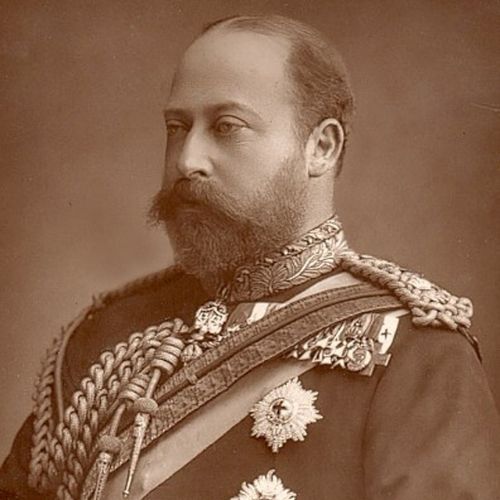
Edward VII was born on 9 November 1841. Charles XV, King of Sweden and Norway initiated him in the first six degrees of the Swedish Rite in The Swedish Grand Master’s Lodge at the Royal Palace, Stockholm, by on 20 December 1868; the next four of the Swedish Rite degrees were conferred on him the next day; the eleventh degree of the Swedish Rite (Knight Commander of the Red Cross) was also conferred upon him. He was a member of multiple lodges in England and Scotland.
He served as the fourth Grand Master of the United Grand Lodge of England (UGLE) from 1874 until 1901. He then reigned over his country as King from 1901 until his death on 6 May 1910.
Edward VIII, King of England
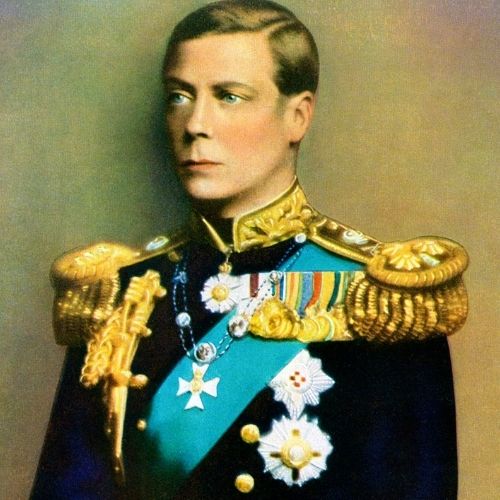
Edward VIII was born on 23 June 1894. He was apparently a member of Household Brigade Lodge No. 2614.
He reigned over the United Kingdom from 20 January 1936 until 11 December of the same year; his reign ended in his abdication of the throne, due to his desire to marry divorcée Wallis Simpson, which was not permitted at that time for British Royalty. He died on 28 May 1972.
George VI, King of England
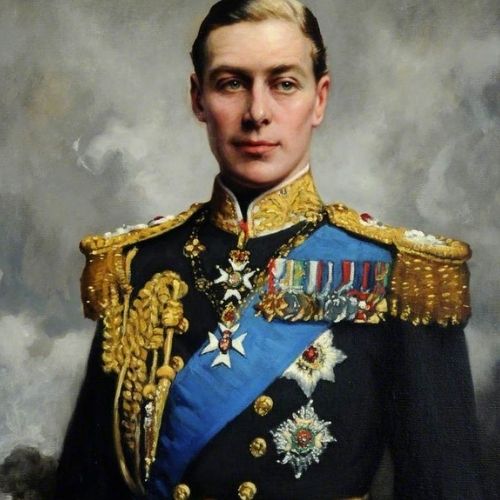
George VI was born on 14 December 1895. He was initiated into Navy Lodge No. 2612 in December 1919; in 1921, he became a permanent Master of that Lodge. He joined several lodges.
He was appointed Senior Grand Warden in the UGLE in 1923 and later as the Provincial Grand Master of Middlesex.
He became the Grand Master Mason of the Grand Lodge of Scotland from 1936 until his coronation, which occurred on 12 May 1937.
Due to his brother Edward VIII’s abdication of the throne, George VI reigned as King of the United Kingdom until his death on 6 February 1952.
France
Joseph I, Emperor of the French, King of Naples, of Spain, and of Italy

Joseph Bonaparte was born on 7 January 1768. He was one of Napoleon Bonaparte’s elder brothers. He was initiated in the Lodge La Parfaite Sincérité in the Orient of Marseille.
He later became Grand Master of the Grand Orient of France from 1804 to 1815 (prior to the schism of 1877 that resulted in that Grand Orient being irregular).
In 1806, Joseph was sent to expel the Bourbon dynasty; later that year, he was proclaimed King (Joseph I) by his brother Napoleon’s imperial decree, which remained in force until 1808.
Joseph was later sent to Spain by Napoleon, where he was likewise made and remained as King (also as Joseph I) from 1808 until 1813.
He succeeded Napoléon II as Emperor of the French and King of Italy on 22 July 1832, in which office he remained until his death on 28 July 1844.
Germany
Jerome I, King of Westphalia
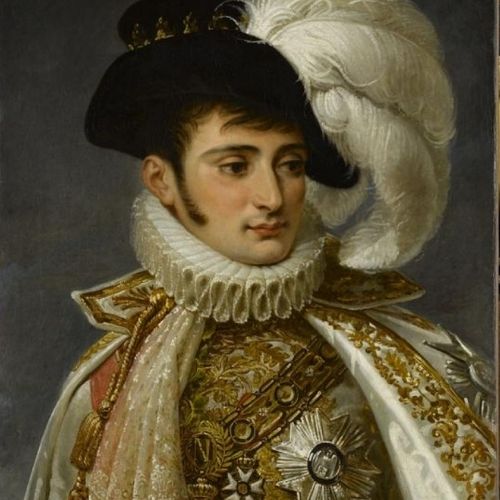
Jérôme-Napoléon Bonaparte was born on 15 November 1784. He was Napoleon Bonaparte’s youngest brother. At age 17, he was initiated in Mir Lodge in eastern Toulon.
He later served as the Grand Master of the Grand Orient of Westphalia. He also reigned as King Jerome Napoleon I of Westphalia from 1807 to 1813.
When the Napoleonic regime fell in Germany, he returned to France. He died on 24 June 1860.
Frederick the Great, King of Prussia
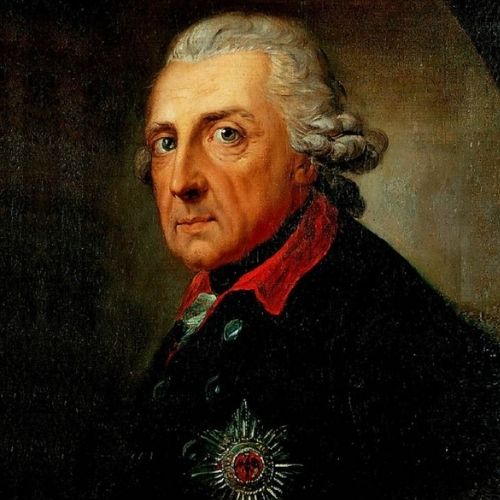
Friedrich der Grosse (also known as Frederick II) was born on 14 January 1712.
During a trip to Brunswick, he was initiated on 14 August 1738 in a Lodge at Hamburg, Brunswick. In 1739 he helped establish a Lodge in Reinsberg; the next year, he was made Master of a Lodge in Charlottenburg.
His reign as King of Prussia started in 1740 and achieved the abolishment of judicial torture, press censorship, and religious discrimination.
In 1744, he granted his protection to the National Grand Lodge of Germany. There are a few claims that he established the Ancient and Accepted Scottish Rite of the Thirty-third Degree; however, these claims remain unproven and are not considered valid. His reign continued until his death on 17 August 1786.
The Netherlands
Louis I, King of Holland
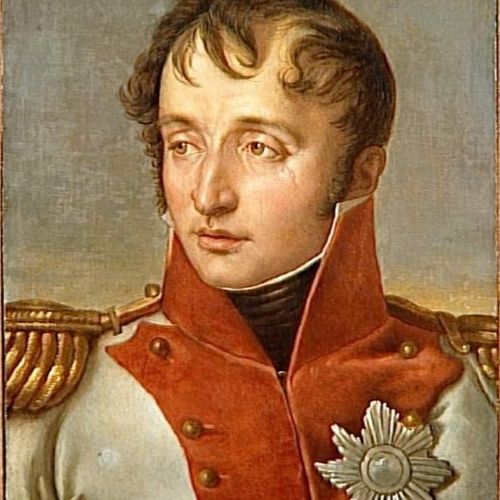
Reign: 1805-1810
Louis Napoléon Bonaparte was born on 2 September 1778. He was another of Napoleon I’s younger brothers.
He served as Deputy Grand Master of the Grand Orient of France from 1803 to 1806.
Napoleon proclaimed Louis as King of Holland on 5 July 1806; Louis remained in this capacity until 1810 when, after conflict with his brother, he abdicated and fled his kingdom.
Holland was resultantly annexed to France on 9 July of that year. He died on 25 July 1846.
Sweden
Adolf Frederick, King of Sweden

King Adolf (or Adolph) Frederick was born on 14 May 1710.
From 1727 to 1750, he was the Prince-Bishop of Lübeck. He was a member of Stockholm Lodge; he received the title Protector of Swedish Freemasonry in 1762.
He was elected as heir to the throne in 1743 by the Hat Faction and reigned as King of Sweden from 25 March 1751 until his death on 12 February 1771.
Charles XIII, King of Sweden
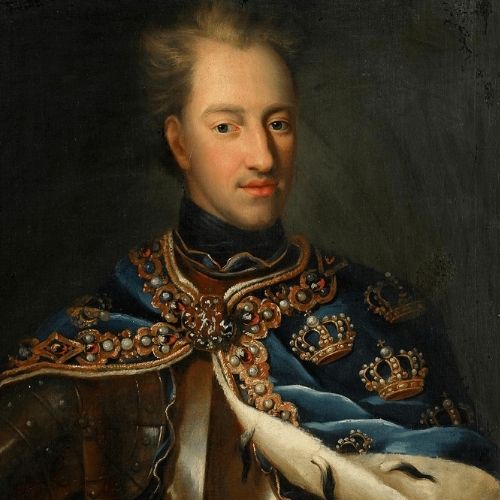
Charles XIII (also known as Carl XIII or Karl XIII) was born on 7 October 1748.
He became the Grand Master of the Grand Lodge of Sweden in 1809. He also instituted the Order of Charles XIII, which is an chivalric order of exclusive only to protestant Freemasons.
He also helped to develop the moral philosophy of the Swedish Rite, resulting in its ten degrees.
He reigned as King of Sweden from 6 June 1809 until his death on 5 February 1818. His reign is considered the beginning of the Age of Liberty in Sweden.
Charles XV, King of Sweden and Norway
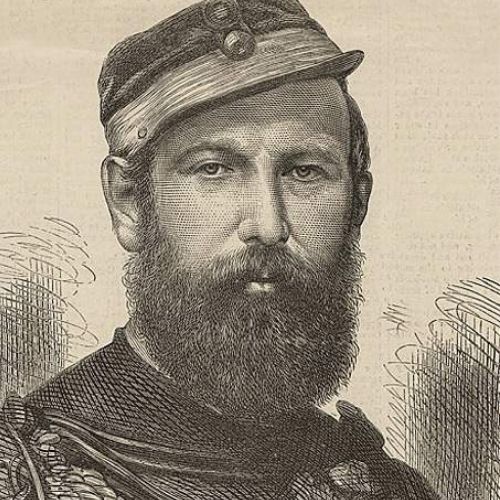
Charles XV (Also known as Carl Ludvig Eugen) was born on 3 May 1826. He was coronated on 4 May 1860 in Stockholm and again on 5 August of the same year in Trondheim.
His reign began on 8 July 1859. As earlier mentioned, he initiated Edward VII (who, at the time, was not yet King and was known as the Prince of Wales) in 1868.
He served as Grand Master in Sweden; he was also an honorary member of the Grand Lodge of Scotland. His reign ended with his death on 18 September 1872.
Hawai’i
Kamehameha V, King of Hawai’i
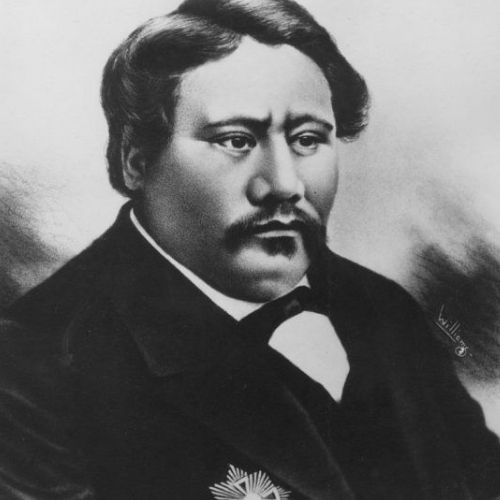
Born Lota Kapuāiwa Kalanimakua Aliʻiōlani Kalanikupuapaʻīkalaninui on 11 December 1830, he was the older brother of Kamehameha IV.
He reigned as the fifth King of the Kingdom of Hawai’i from 30 November 1863 until his death on 11 December 1872.
He was the first native Hawai’ian to become a Freemason and was raised to the degree of Master Mason on 27 February 1853 in Hawai’ian Lodge No. 21.
Kamehameha IV, King of Hawai’i
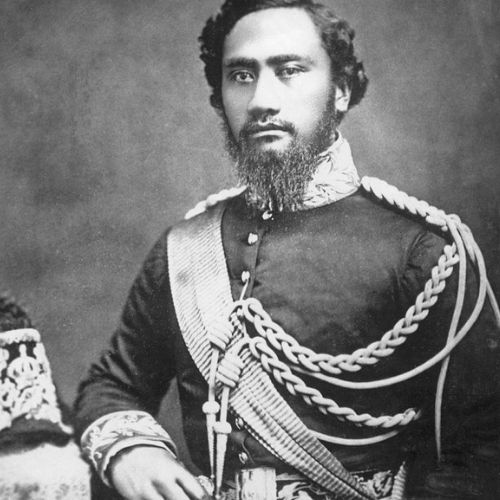
Born Alexander ‘Iolani Liholiho on 9 February 1834, he was the younger brother of Kamehameha V.
He reigned as the fourth King of the Kingdom of Hawai’i from 11 January 1855 until his death on 30 November 1863.
He was initiated in January 1857 in Lodge Le Progress de l’Oceanie No. 124; he was raised to the degree of Master Mason on 8 February of the same year in the same lodge.
David Kalākaua, King of Hawai’i

King David Kalākaua was the last King to rule over Hawai’i.
After the death of the last of the Kamehameha Kings, he ran for and was elected to that office by the Hawaiian legislature that existed at that time.
He reigned from 12 February 1874 until his death on 20 January 1891. In 1859, he served as the Master of Lodge Le Progress de l’Oceanie No. 124.
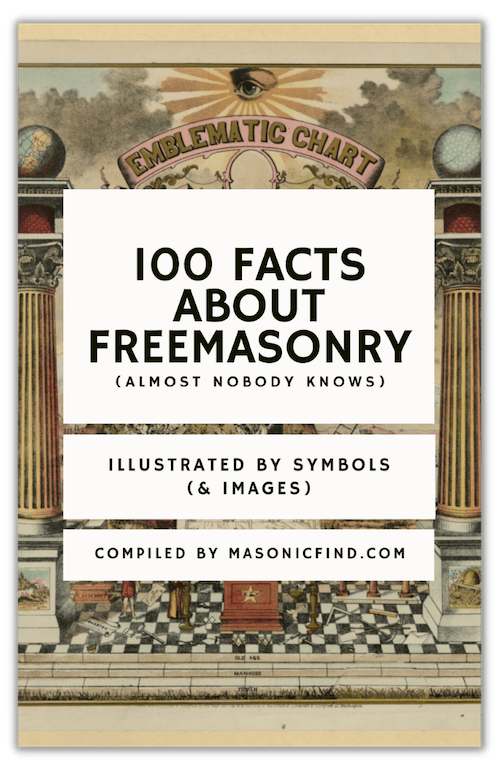
FREE DOWNLOAD: 100 FACTS ABOUT FREEMASONRY (ALMOST NOBODY KNOWS)
Join the 10,000+ Brethren from around the world inside our weekly Masonic newsletter and get our best selling ebook for free (usual value: $20).
This article was written for MasonicFind.com by Brandon Cole, SW.
Conclusion
Kings of the world have left their mark on the Craft.
Many have been members and some have contributed to its edification. It is certainly a neat part of the history of our Fraternity.